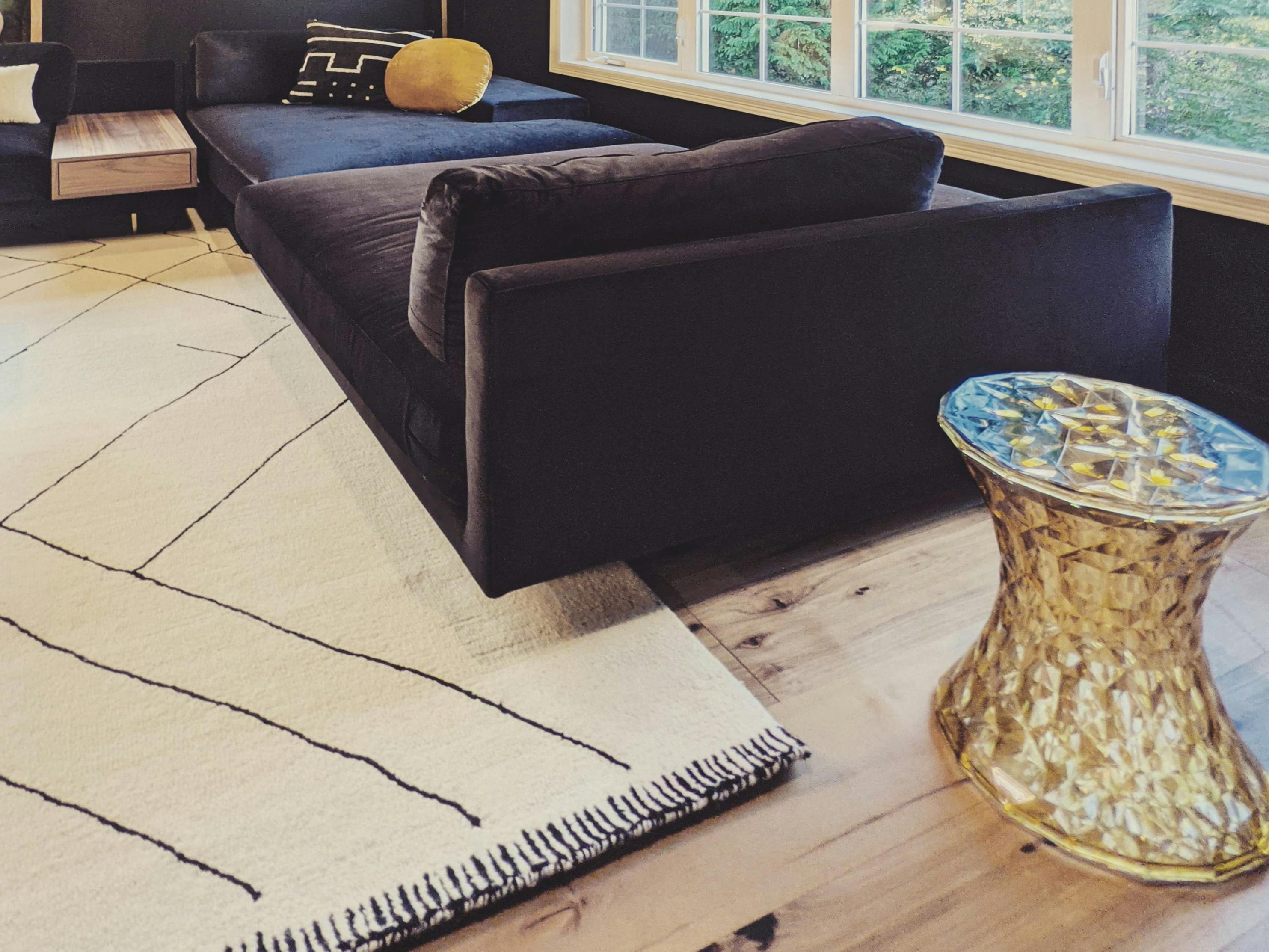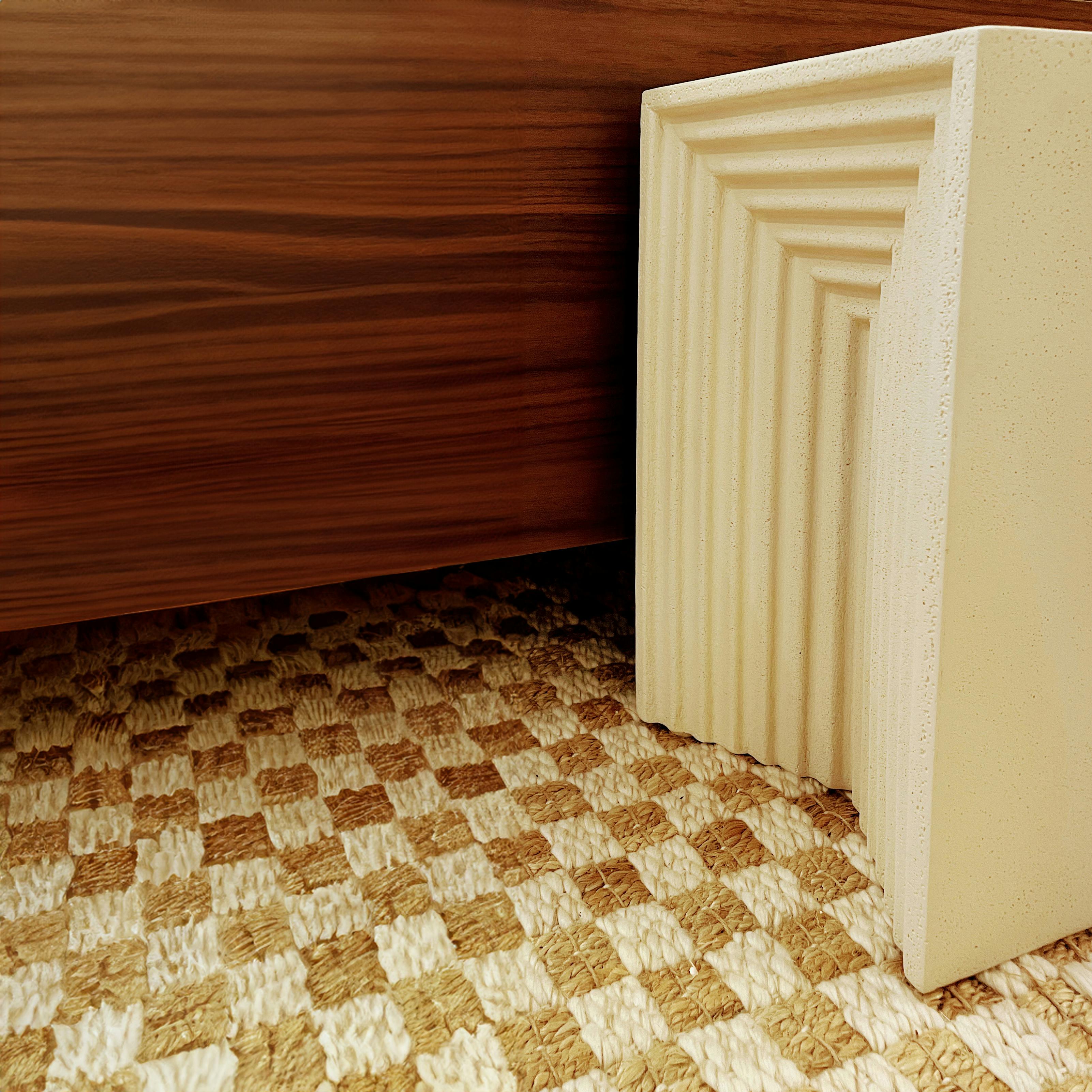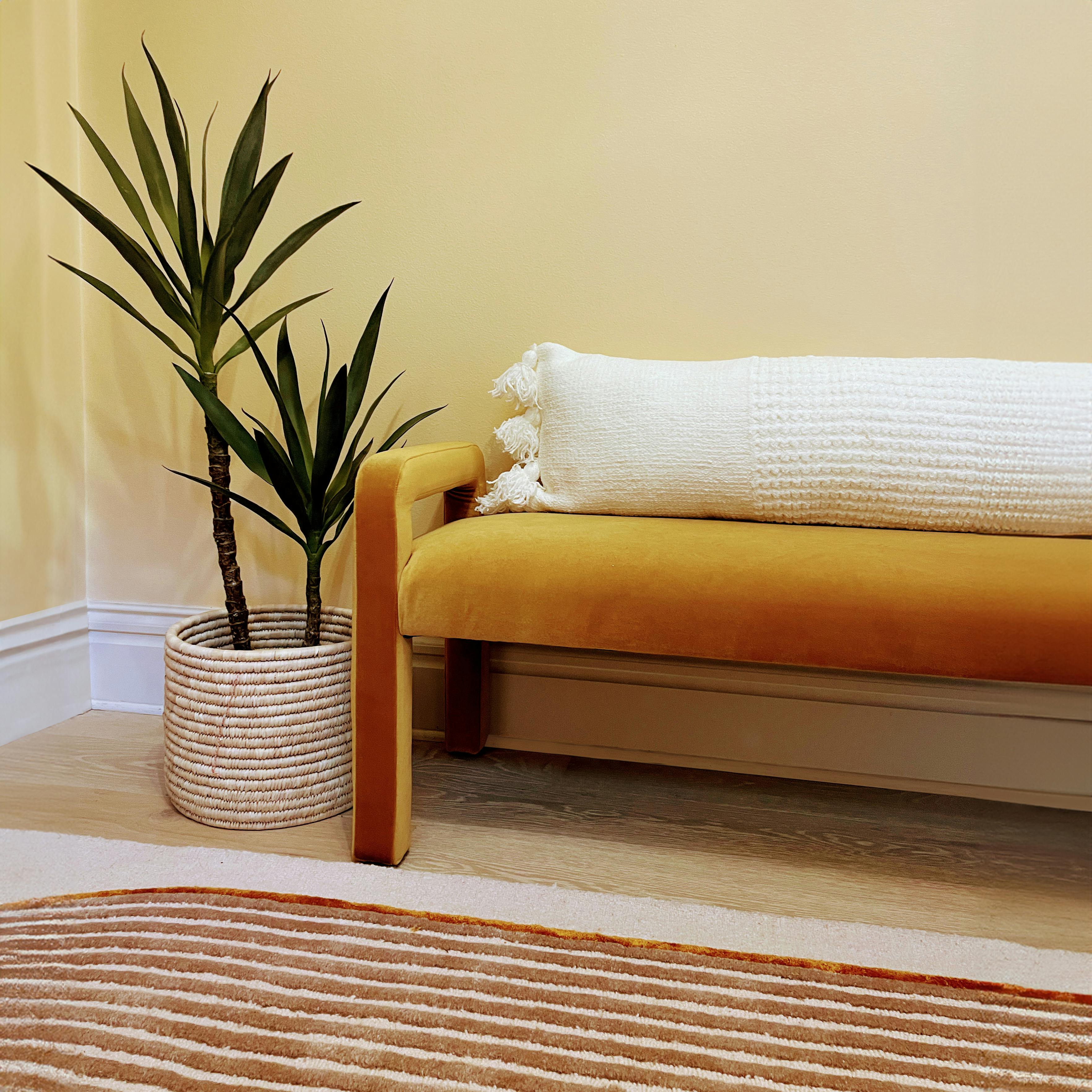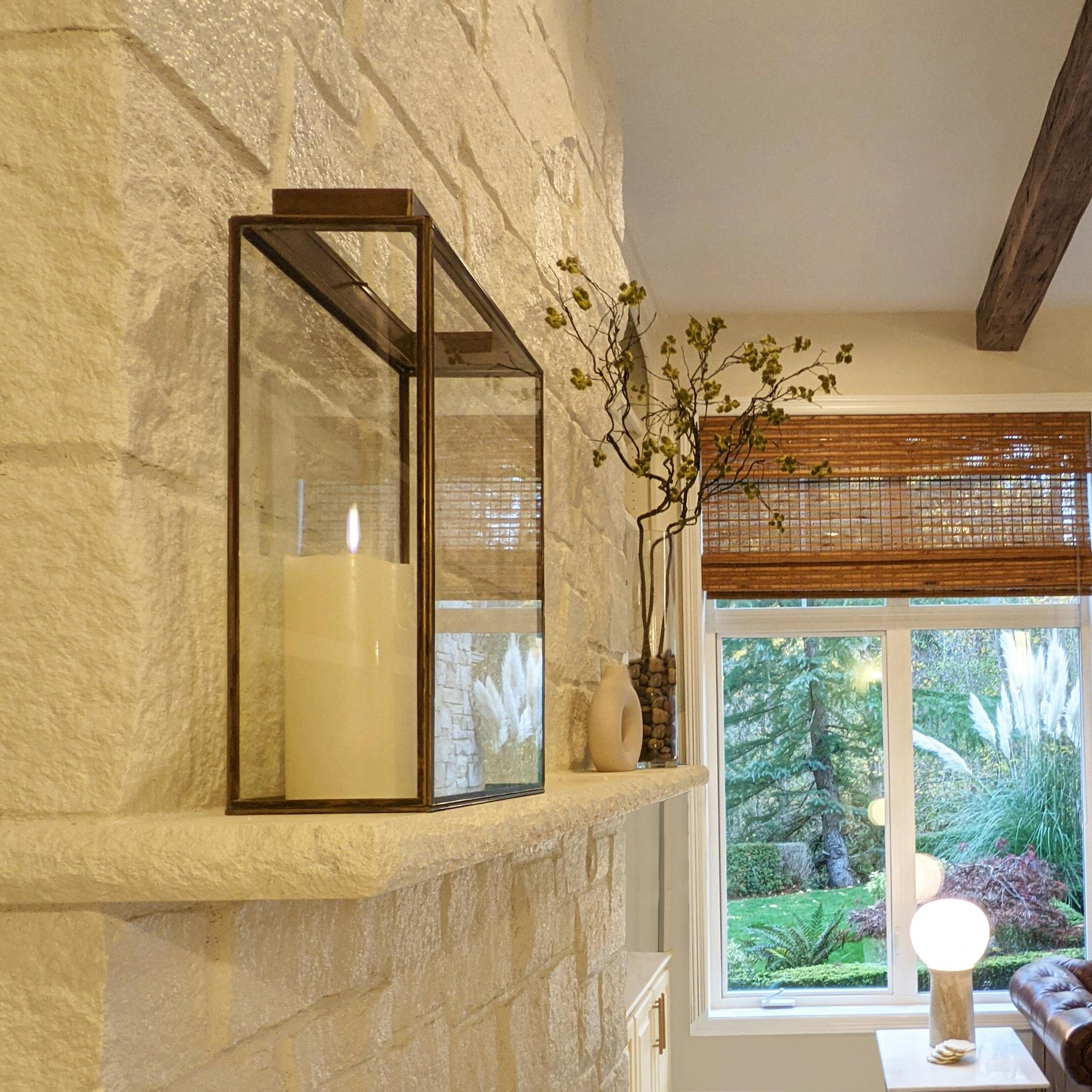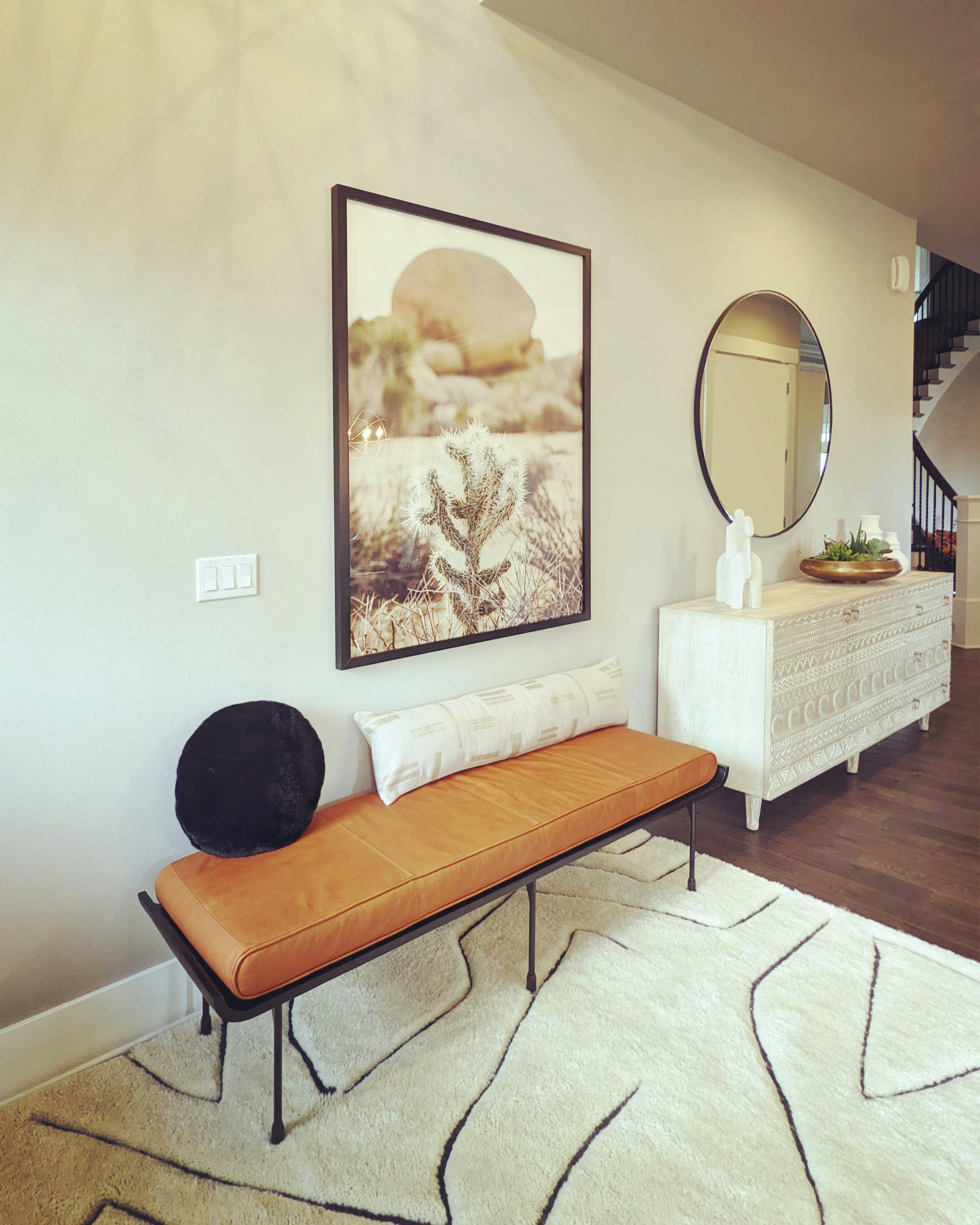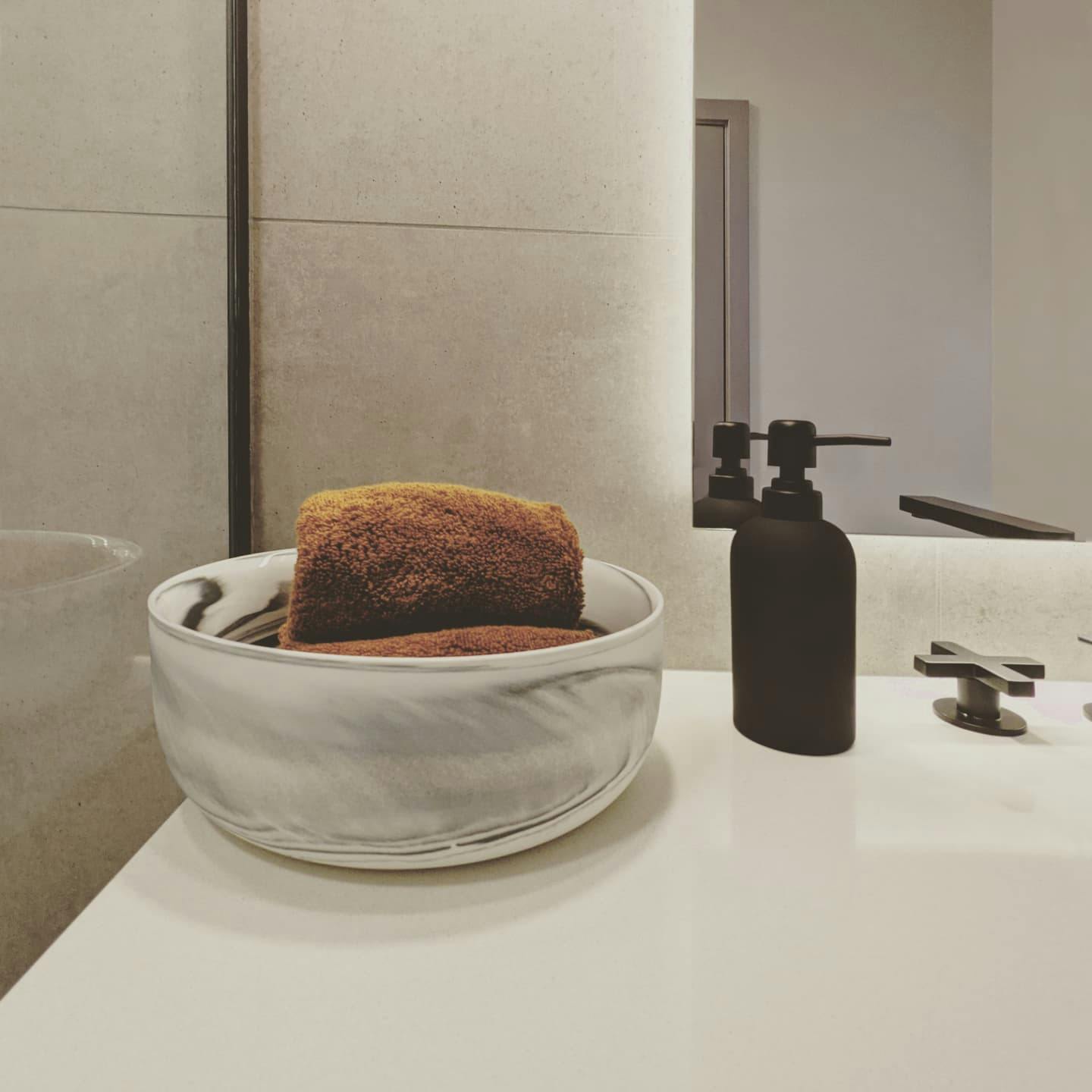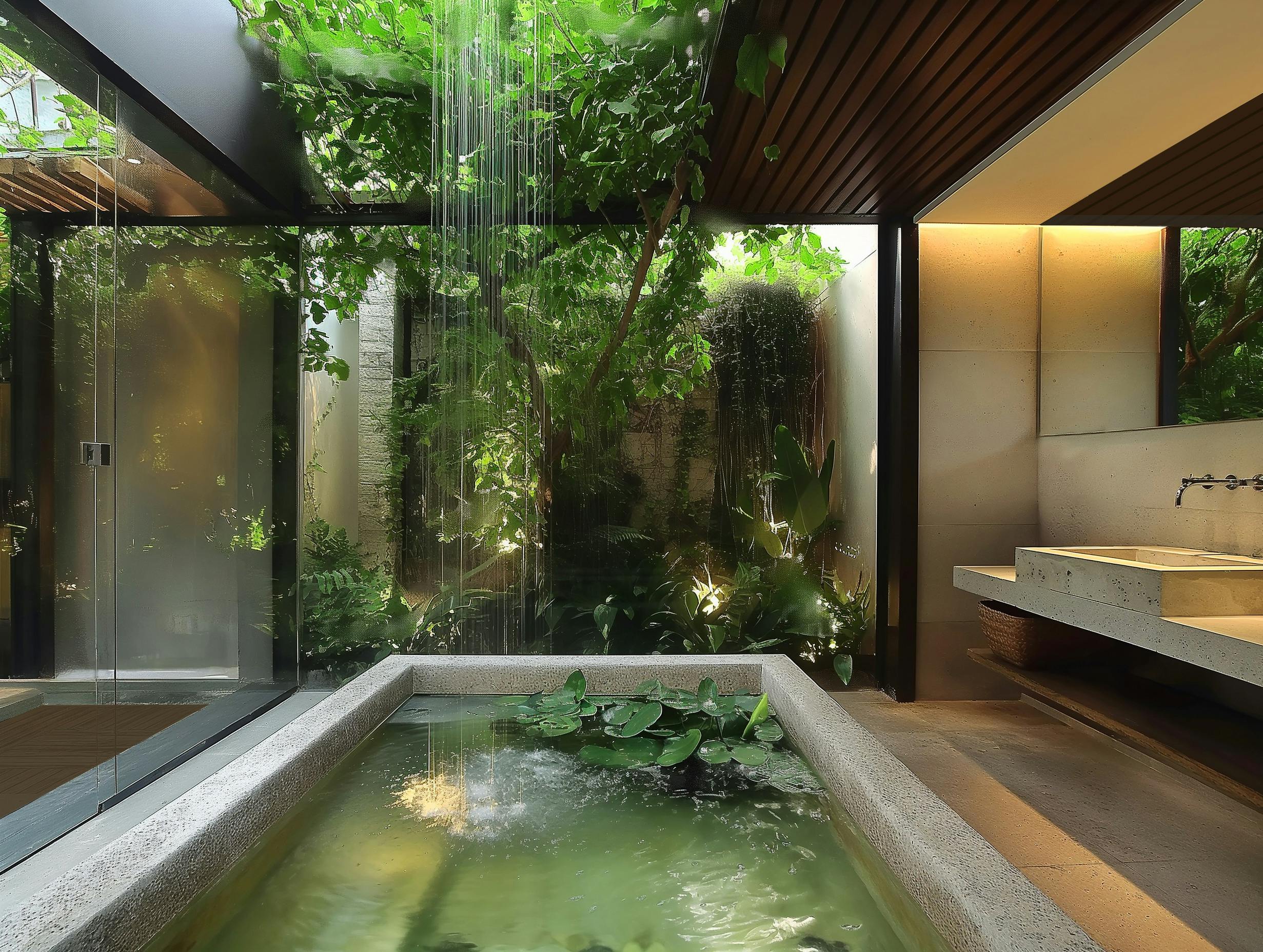In the realm of interior design, every detail holds the power to transform a living space into a sanctuary of elegance and sophistication. Among the arsenal of interior design elements at our disposal, textures reign supreme as the subtle yet commanding artisans of ambience.
Textures in interior design are defined as the surface quality of a material as perceived by either touch (tactile textures) or eyes (visual or simulated texture).
When used with a masterful balance of juxtaposition and harmony, textures can completely transform any space and create a subtle yet rich experience in your home. They profoundly impact how we perceive, interact, and experience a space.
Join us on a journey through the sumptuous landscapes of design, where the gentle caress of velvet creates drama, the rugged embrace of raw wood whispers of authenticity, and the shimmering allure of metallic accents dances with the light. From the understated elegance of linen to the bold statement of marble, each texture weaves its own narrative, enriching the tapestry of luxury living.
